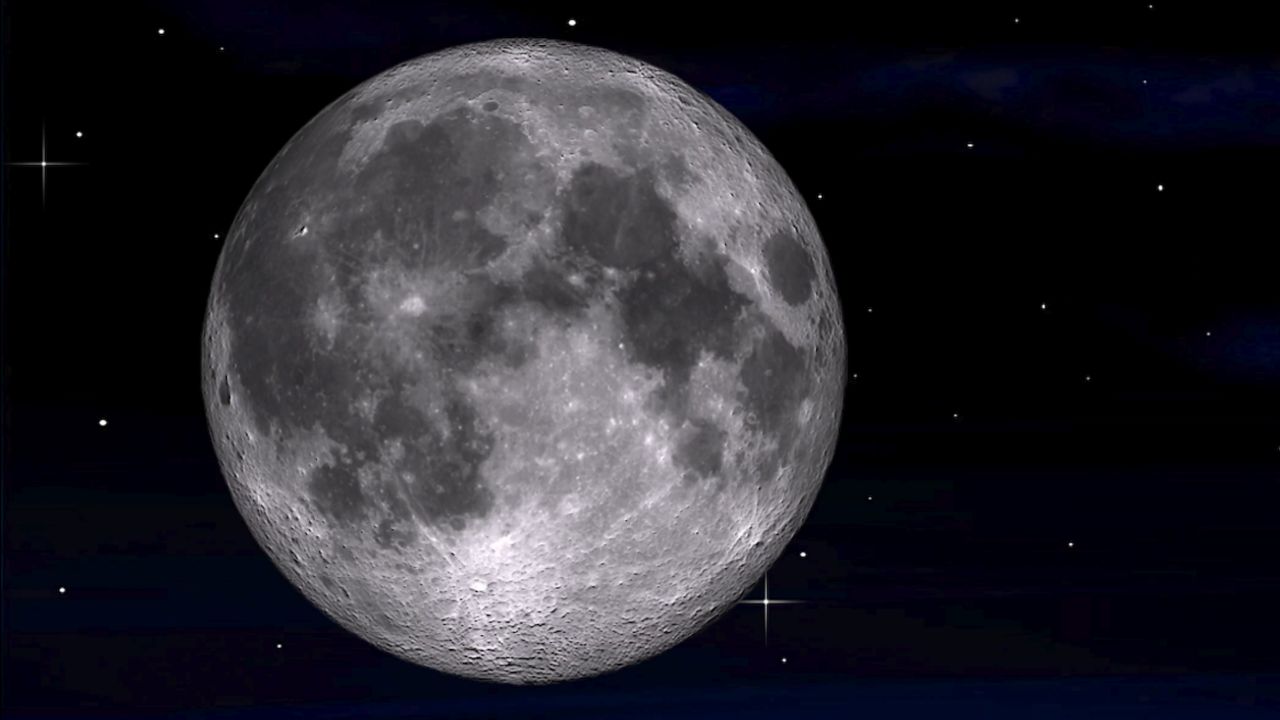Every month of the year has a full moon, and some even have more than one full moon, since the lunar cycle is 28 days.
Various groups, including Native American tribes and early Colonial Americans, have nicknamed these celestial events.
January's name might surprise you.
The first full moon of the new year will happen Monday at 6:48 p.m. ET. According to the Old Farmer’s Almanac, the first full moon of the year is the Full Wolf Moon.
The name comes from various sources, including Native American tribes, early Colonial Americans and even some Europeans.
The thought is that during January, wolves howl loudly due to the lack of food in the heart of winter.
Alternative full moon names include the Center Moon, used by the Assiniboine people of the Northern Great Plains. This name refers to the idea that this moon marked the middle of the cold season.
Other traditional full moon names that emphasize the cold season include the Cold Moon, Frost Exploding Moon, Freeze Up Moon, Severe Moon and Hard Moon.
Canada Goose Moon, Great Moon, Greetings Moon and Spirit Moon have also been names for the January full moon.
There are eight different phases of the moon. What phase follows a full moon?



